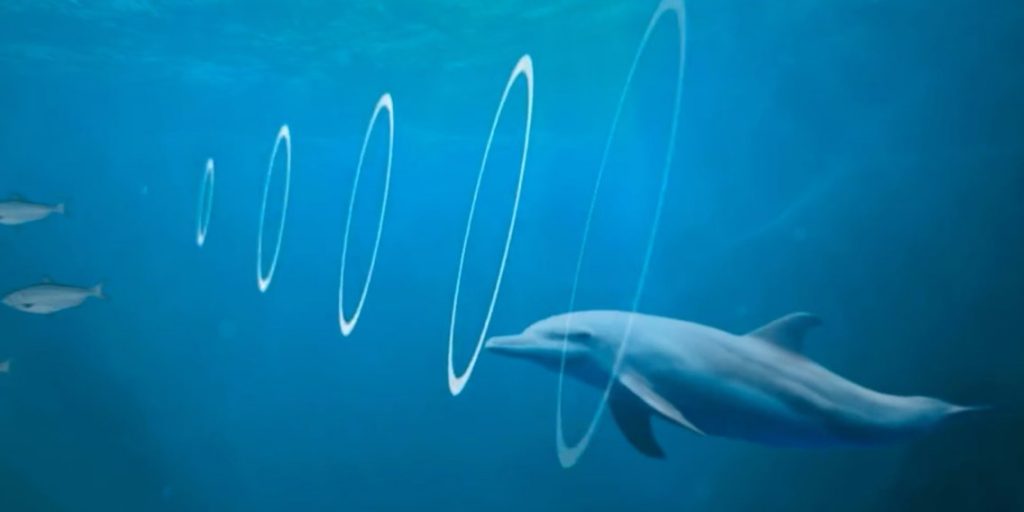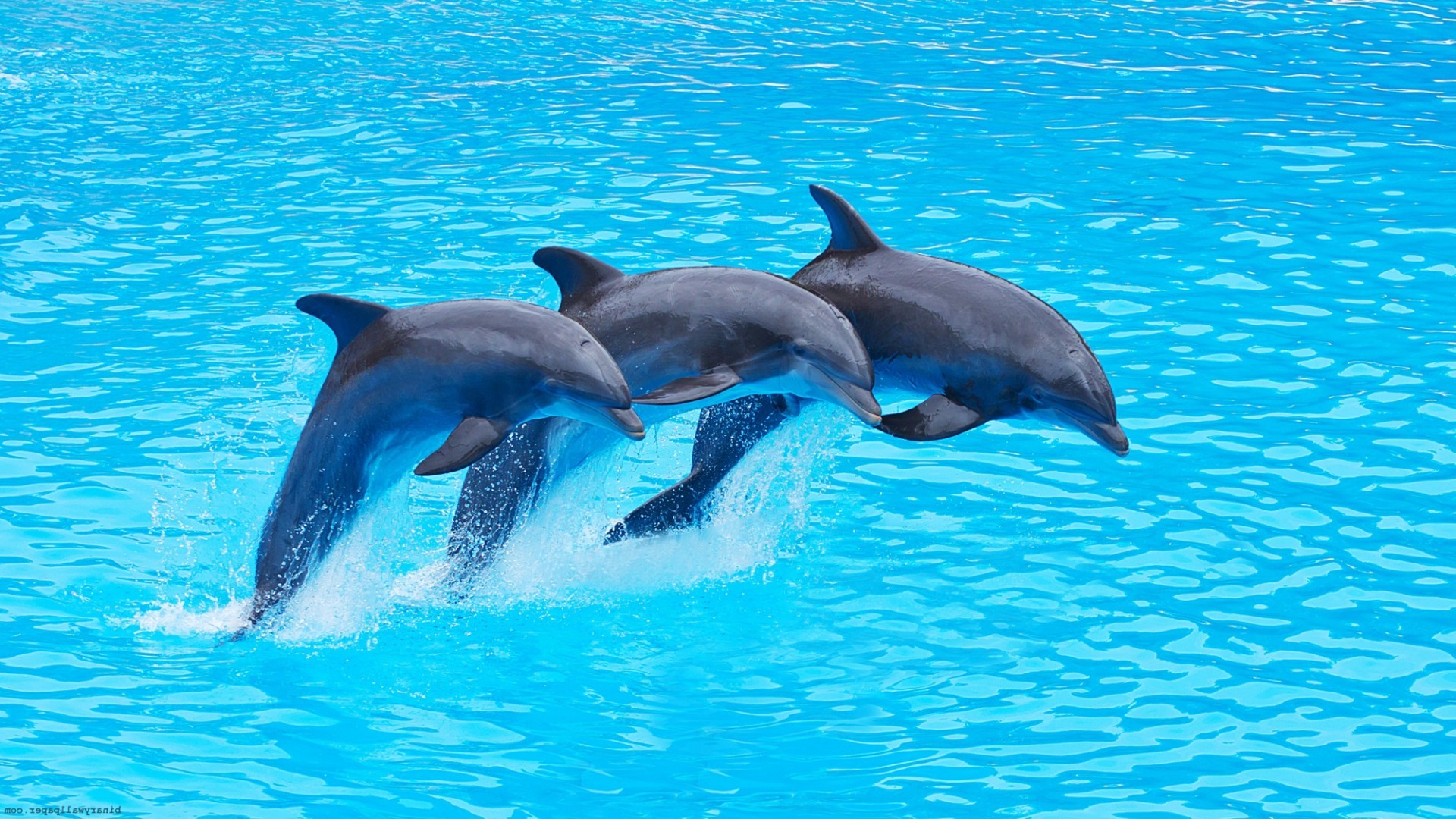
10 Sep Bold Beasts: 5 Amazing Facts About Dolphins
Dolphins are truly fascinating creatures, and are revered the world over for their beauty, grace, and intelligence. Of course, our favourite dolphin is our very own Delphine Dolphin, who is now available to order on the Bold Beasts BigCartel page.
Here’s 5 facts about dolphins that you may not have been aware of:
They have their own navigation system

It’s a scary world out there in the murky depths of the ocean. Fortunately for them, dolphins have a unique way of finding their way through the darkness. To know where they are in relation to other objects and animals, dolphins use echolocation, otherwise known as biological sonar.
Dolphins emit a series of high-pitched clicks, then listen for the echoes to bounce off their surroundings. Based on the timings of these echoes, dolphins can judge where they are in space and determine the size and shape of nearby objects.
This echolocation system is quite refined – it doesn’t just help them navigate through darkness, but also helps them to evade predators, and catch fish and squid.
They make friends like we do

It’s fairly common knowledge that dolphins are highly social animals, but we’re only just finding out to what extent this is true. In 2015, scientists at Florida Atlantic University’s Harbor Branch Oceanographic Institute published research in the Marine Mammal Science journal about the social networks of dolphins. After spending over six years tracking 200 bottlenose dolphins in Florida, the scientists discovered that dolphins have friends.
Just like us humans, dolphins perfer to spend their time in smaller groups, instead of spending equal time with the many dolphins in their pod. This is because they prefer the company of some of their peers more than others. Don’t we all!
They have their own names

This ties in to the super-social nature of dolphins – did you know that they effectively give themselves names, that other dophins recognise? Of course, they’re not down there swimming around with name tags, but every dolphin has its own unique whistle sound that is recognised among peers.
Scientists believe that dolphins use these signature whistles for life, and female dolphins may even teach their calves their whistles before they’re born. Dolphins use their signature whistles to call out to one another. What’s even more amazing is that they may also be able to identify other dolphins’ whistles after decades apart.
There are 44 different species of dolphin

Although bottlenose dolphins are the most well-known and recognizable, there are 43 other subspecies which fall under the dolphin umbrella. Most species live in temperate and tropical oceans, but a few live in colder oceans or rivers. Depending on their species, dolphins can vary considerably in their physical attributes and behavior.
The largest dolphin species is the Orca, can be 30 feet long. This is over 10 times longer than the smallest dolphins. The Orca is also known as the ‘Killer Whale’, despite not being a whale and almost never attacking humans!
They live in groups of up to 1,000
As we mentioned earlier, dolphins like to socilaise in groups of 3 or 4, but those smaller groups are part of a greater collective. Dolphins travel around the ocean in huge groups, called pods, that typically contain hundreds of dolphins. By swimming in a pod, dolphins work together to hunt prey, evade predators, and care for sick or injured members.
Now and then, different pods can also merge, forming a ‘superpod’ of more than 1000 dolphins. Superpods are typically temporary and occur in parts of the ocean with plentiful food. After all, if food is scarce, they don’t want too much competition from their peers.
If you’re lucky enough to witness a superpod in person, it is a truly awe-inspiring sight, as evidenced in the video below:
We hope you learned something new from this article! Do you have any more facts about dolphins? Let us know in the comments on our Facebook page.


Sorry, the comment form is closed at this time.